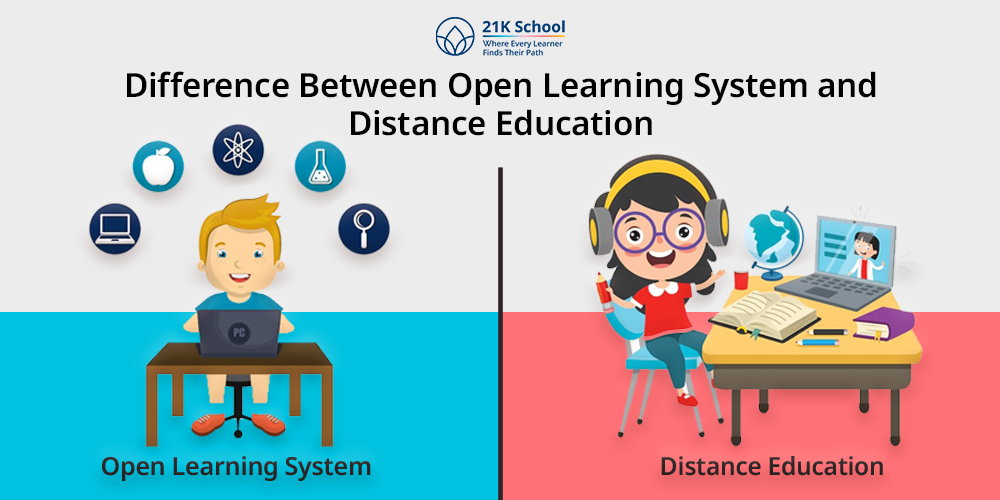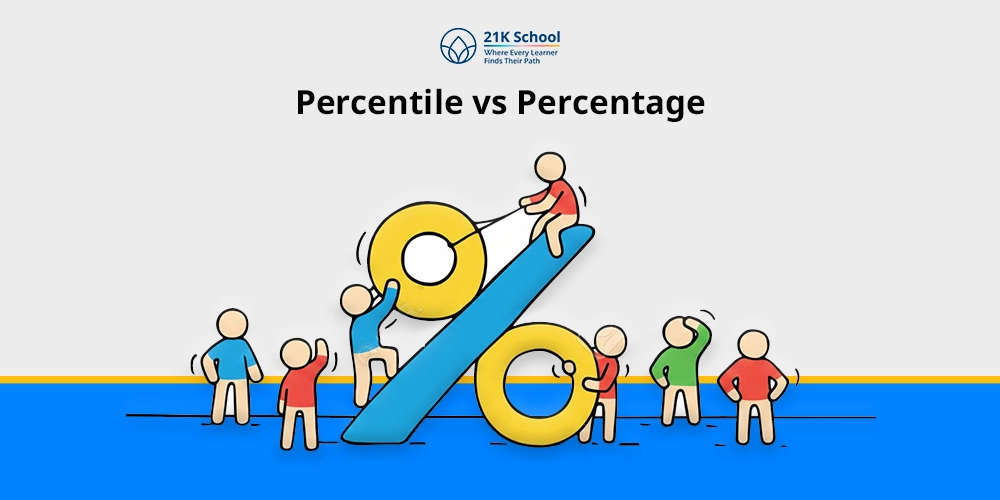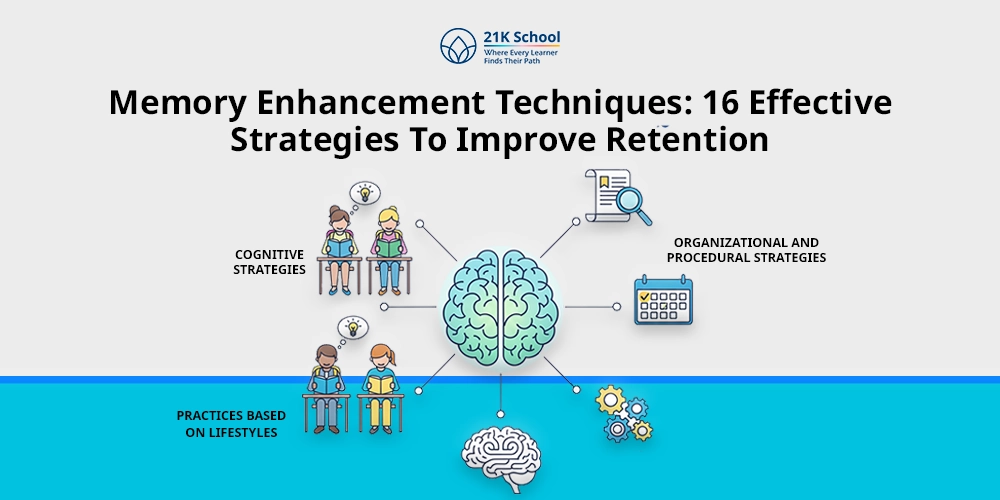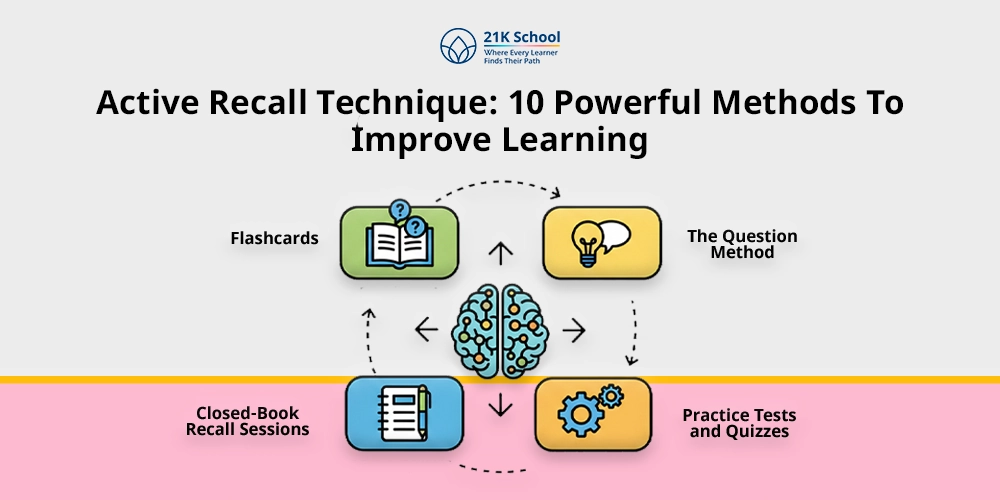
Have you ever thought about why open learning systems and distance education are different concepts?
Both open learning and distance learning are education systems that offer flexible and open education to every individual. Many people consider both concepts the same but in reality, both are different systems.
However, both are related to remote learning opportunities and share common features of distance education. Due to its shared features, many people consider it the same.
The open education system provides students with a flexible approach to education, enabling them to study without any formal admission requirements.
On the other hand, distance education provides students with remote learning opportunities, enabling them to study from their home environment with the medium of online education or self-study.
Open schooling is a government-approved educational body such as NIOS , IGNOU, NIOS, etc. Whereas, distance education can be provided through various online schools and private schools.
Contents
What is the Open Learning System?
Open Learning System (OLS) is an educational system that allows students to study as per their comfortability and requirements. An open learning system is also known as open schooling .
It is a specific type of education specially designed for kids who can’t attend traditional schooling . An open learning system provides flexible learning opportunities to meet the diverse needs of students.
In India there are multiple open educational boards such as NIOS, IGNOU, NSOU, CBSE Open School, State Open Boards and so on. Open education provides equal access to education to every student, irrespective of any challenges or physical barriers.
Open education systems promote collaboration skills among children, allowing them to share knowledge, resources, and experiences.
What is Distance Education?
Distance education is a learning style that focuses on providing education in remote learning opportunities. Sometimes distance education is also known as online learning or remote learning.
Distance education enables students to learn from their home environment.
With the help of distance learning, students can participate in their studies from anywhere in the world, which makes use of a range of technologies to facilitate communication and deliver learning materials.
One of the key benefits of distance learning , which allows students to balance their studies with responsibilities, to their families’ jobs and other commitments, is the flexibility to choose when and where to study.
With the flexibility to progress at their own pace, many distance learning programs allow students to concentrate more on challenging subjects or go through easier material more quickly.
5 Difference Between Open Learning System and Distance Education
Open learning systems and distance education are both different concepts, but share a common feature of remote and flexible learning opportunities.
Open education makes education accessible to every student irrespective of any challenges, whereas distance education enables students to study in remote settings with the help of digital resources.
Both concepts are different, however, allowing candidates to learn from a structured environment. Here you can check the detailed differentiation between open learning and distance education.
| Aspect | Open Learning System | Distance Education |
| Definition | An open learning system is an educational system that combines traditional education aspects in order to make learning more accessible to students. An open learning system provides flexible learning opportunities to meet the diverse needs of students. | Distance education is a type of education in which students can study or acquire educational materials from their home environment. Distance education allows students to balance their studies with responsibilities, to their families’ jobs and other commitments |
| Structure | The Open Learning System is less structured but provides more flexibility and accessibility to every student. An open learning system is student student-centred approach where children learn at their own comfortability. | Distance education is more structured and provides a structured curriculum. Distance education follows the same approach as traditional schooling, but the classes are conducted remotely. This gives flexibility to students to learn from their own homes. |
| Method | The method of learning used in open learning is mostly self learning. Students can attend the classes through online platforms or mostly study on their own using educational materials. | Students can attend distance classes from a remote setting with the help of digital platforms or resources. Students can take video lessons and digital materials to study. |
| Assessment | The assessment process of an open learning system is mostly based on self-assessment, peer assessment, or project-based evaluations. In this, students are assessed based on their performance and formal grading is used. | The assessment process of distance education is based on exams, assignments, project works, research works and so on. Distance education uses a structured method of assessments and formal marking system is used to asses performance. |
| Example | Examples of open learning systems are open schools or Massive Open Online Courses (MOOCs), Online learning platforms, and so on. | Examples of distance education are basically open educational institutions such as NIOS, NSIOU, BOSSE, 21K School and so on. |
Advantages of Distance Education
Distance education helps in enhancing the learning outcomes of students, enabling them to achieve future opportunities. Distance education enables students to study as per their own interests and needs.
Various offline and online schools offer distance education and provide them flexible and customised education programs.
The following are the mentioned advantages of distance education.
1. Promotes Inclusive Education
Distance education helps in eliminating learning barriers by providing access to individuals from diverse backgrounds, including those with disabilities.
Through distance education, everyone is given the opportunity to pursue education as a result of this inclusivity, which fosters a diverse learning community that provides students with equal learning opportunities.
2. Flexible Education
Another major benefit of distance learning is it provides students with flexible education.
Students can balance their academic objectives with responsibilities to their families, jobs and other commitments by selecting their study time and location.
This adaptability allows students to engage with the learning process at their own learning pace. Distance education caters to every learning style, which ultimately enhances retention and comprehension.
3. Affordable
Distance education is considered to be a more affordable option because it frequently has lower tuition costs than traditional institutions.
Additionally, students save money on housing, transportation, and other campus-related expenses.
More educational equity is promoted by this affordability, which provides opportunities for those who are unable to pursue higher education because of financial limitations.
4. Career Advancement Opportunities
Distance education is beneficial for working professionals to continue their education without having to quit their jobs.
Many programs offer relevant knowledge and skills that can lead to career advancements or new job opportunities in order to satisfy industry demands.
People who wish to advance in their careers find that upskilling while working enhances employability and career growth.
5. Vast Subjects
Distance education provides a vast number of subjects, where students can pursue based on their interests. Students can pursue both personal and professional subjects, which encourages personal development and lifelong learning.
The availability of specialised courses enhances people’s skill set and employability by enabling them to become experts in particular fields.
Disadvantages of Distance Education
There is no doubt that distance education has lots of benefits that allow students to study as per their own flexibility and convenience.
However, along with so many benefits, distance education has to face lots of disadvantages that cause challenges for students and educators to indulge in distance education.
The following are the mentioned disadvantages of distance education.
1. Social Isolation
Students who attend classes remotely may experience social isolation. Online learning frequently lacks the social engagement that results from in-person interactions in contrast to traditional classroom settings where students engage with peers and instructors.
Students may miss out on the support and companionship that come with being a part of a learning community, which can have an adverse effect on their mental health and general well-being.
2. Lack of Face to Face Communication
A major disadvantage of distance learning is that there is no face-to-face interaction. Students may find it more difficult to maintain teacher-student relationship , which hampers interpersonal skills.
Online formats frequently lack non-verbal cues, which are essential for clear communication and can result in miscommunication and a lack of interpersonal connection.
3. Delayed Feedback and Support
Teachers can provide students with immediate feedback in a traditional classroom, which is essential to their learning process. The asynchronous learning may cause a delay in feedback, because many online courses for distance learning are limited.
This can be frustrating for students who might have questions or need clarification on assignments. A lack of timely support may hinder their academic progress and motivation.
4. Lack of Motivation
Self-discipline and a strong sense of motivation are essential for distance learning.
Some students might struggle to concentrate and complete their assignments in the absence of a physical classroom or structured learning environment.
Distractions at home and a lack of study routine can lead to a reduction and decline in academic performance.
It could be particularly challenging for students who thrive in more structured and interactive learning settings to overcome this lack of motivation.
5. Limited Interaction
Distance learning often lacks the same level of interaction as traditional classroom settings, despite the availability of virtual meetings and discussion boards on online platforms.
Students may find it difficult to participate in group projects or meaningful discussions that can enhance learning.
The absence of the interactions that occur in a traditional classroom can lead to a less satisfying educational experience among students.
Advantages of an Open Learning System
An open learning system provides customised and versatile learning programs. An open learning system is accessible for every student and makes it beneficial for students to achieve their desired goals.
Open learning schools mostly focus on self-paced learning, enabling students to indulge in lifelong learning . Here are the advantages of an open learning system.
1. Cost Effective
Open learning platforms provide a more affordable alternative to traditional education . Students can access quality education without worrying about expenses as this eliminates the extra cost.
Students who are unable to afford to pursue traditional degrees can now access education more widely due to the affordability of an open learning system.
2. No Age Limit
One of an open learning systems greatest advantages is it allows students to study of all ages. Open learning provides opportunities for everyone from young students to working professionals, allowing them to pick up new skills.
This inclusivity fosters a diverse learning environment where individuals can share experiences and perspectives, improving the educational experience.
3. Equal Access to Education
Open learning systems help in removing barriers to education by granting everyone equal access to educational opportunities irrespective of socioeconomic background, geographical boundaries or past educational experience.
People from marginalised and underprivileged communities are empowered by equal access to education, which enables them to pursue their academic and professional objectives.
4. Digitalised Learning
An open learning system uses digital platforms and resources, through which learning becomes more dynamic and captivating.
With the help of a range of multimedia resources, including interactive simulations, podcasts, and videos, students can understand complex concepts more easily. T
he contribution of technology in education allows students to go at their own pace and review material as needed, facilitating personalised learning experiences.
5. Save Time
Open learning systems can significantly reduce the time required to complete educational programs.
When given flexible scheduling and the opportunity to learn at their own pace, students are better able to balance their academics, employment and personal commitments.
Students can accelerate their learning by using this flexibility to devote more time to their studies when possible or to take breaks when needed.
Disadvantages of an Open Learning System
Open learning system provides multiple opportunities to students, enabling them to study as per their comfortability and requirements.
This helps them in breaking all the barriers and allows students to learn from any location.
However, along with so many advantages, there are various disadvantages that hinder the learning capacity of students. The following disadvantages of the open learning system are mentioned below.
1. Lack of Collaboration
A major disadvantage of open learning systems is it lacks the potential of collaboration among students. As in open learning students mostly learn on their own which hinders collaborative learning among students.
Lack of collaboration may make it harder for students to engage with their peers and benefit from a range of perspectives in a more isolated learning environment.
2. Lack of Digital Knowledge
Students’ proficiency with digital tools and technologies varies, which can cause challenges for an open learning system. Students who have never used virtual learning platforms before may find it difficult to navigate the tools and resources needed for their education.
Due to the digital divide students might find it difficult to focus on the subject matter, which can hamper their learning.
3. Delayed Feedback
Compared to traditional education, feedback in open learning may not be as immediate or available. Pupils have to depend on self-studies to modify their learning tactics.
Nevertheless, because many open learning courses are asynchronous learning, feedback on assignments and tests may not be received right away.
Due to delayed feedback, students find it difficult to understand their weaknesses and areas of improvement.
4. Limited Hands-on Experience
One of the major drawbacks of an open learning system is that it provides very limited hands-on experience.
Open learning platforms might find it difficult to offer the hands-on experiential learning opportunities necessary to become proficient.
Due to limited hands-on experience, students find it difficult to gain practical exposure and relate with real life scenarios.
5. Limited Support
As compared to traditional schooling, open learning platforms don’t have proper support systems. Some students might not receive enough individualised attention despite the fact that many online courses offer resources like discussion boards and help desks.
When students encounter difficulties, they may find it difficult to seek help which can leave them feeling isolated and frustrated.
Ending Thought
Although both distance learning and open learning systems provide accessible and adaptable learning opportunities, they are two different ideas with different traits and difficulties.
With an emphasis on self-paced learning, equality of access to education and inclusiveness, open learning systems serve a wide spectrum of students from all backgrounds and ages.
Distance education on the other hand, enables students to manage their studies with other responsibilities by concentrating on remote learning via a variety of technologies.
Both systems have drawbacks despite their benefits, including poor teamwork, slow feedback and inconsistent support, all of which can affect the learning process in general.
Maximising the advantages of these cutting-edge teaching strategies requires that both educators and students comprehend these distinctions and difficulties.



